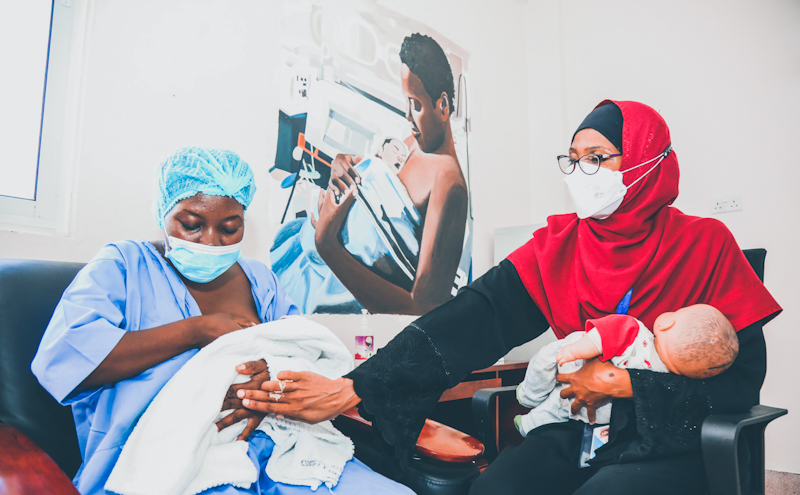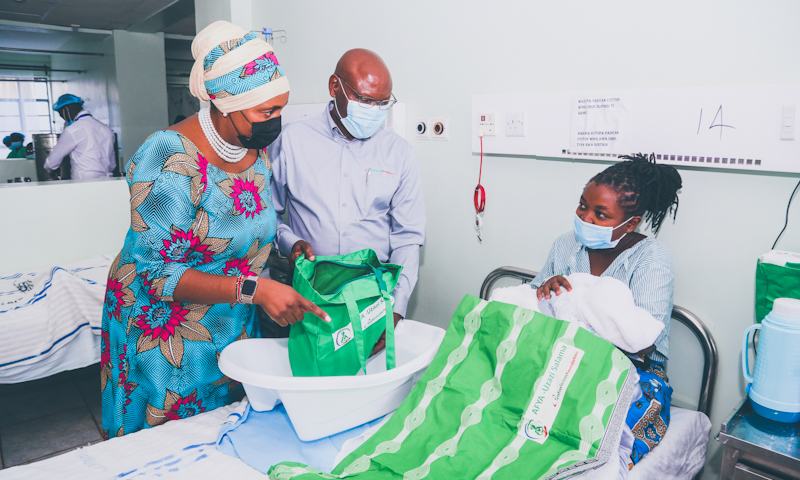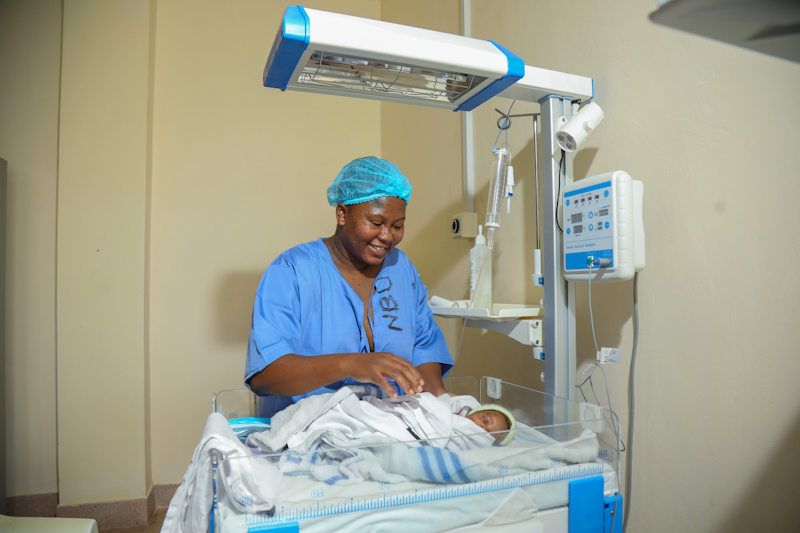For decades, child mortality has been a social and economic problem internationally.
According to the World Health Organization, nearly half (47 per cent) of all under-5 deaths occurred in the newborn period (the first 28 days of life) in 2020, an increase from 1990 (40 per cent) because the global level of under-5 mortality is declining faster than that of neonatal mortality.
WHO data also shows that in 2020, Sub-Saharan Africa had the highest neonatal mortality rate in the world (27 deaths per 1000 live births), accounting for 43 per cent of global newborn deaths, followed by central and southern Asia (23 deaths per 1000 live births), with 36 per cent of global newborn deaths.
According to the data, the most probable causes were childbirth-related complications (birth asphyxia or lack of breathing at birth), infections, and congenital disabilities.
Malnutrition, most common in Sub-Saharan Africa, is the underlying contributing factor, making children even more vulnerable to severe diseases.
Governments have successfully reduced child mortality rates by implementing health policies that aim to improve children’s health and increase health expenditures over the years.
For instance, a decline in child mortality has been witnessed in Kenya over the last eight years, as indicated in the 2022 Kenya Demographic and Health Survey report.
The report, prepared by the Kenya National Bureau of Statistics (KNBS), revealed that the mortality rate for children aged five years and below stands at 41 deaths per 1,000 live births, while the infant mortality rate was 32 deaths per 1,000 live births.
Data were collected from females aged 15-49 and males aged 15-54 from February 17-July 19, 2022. This is the seventh demographic and health survey conducted in Kenya. The first was done in 1989.
The probability of children below the age of five years dying (Neonatal deaths) within the first month of life stood at 21 per 1000 live births in 2022.
Child mortality peaked in 2003 and has since declined steadily. For example, under-5 mortality declined from 115 deaths per 1,000 live births in 2003 to 41 deaths per 1,000 live births in the five years preceding the 2022 survey, while neonatal from 33 to 21 deaths per 1,000 births.
According to the data, Neonatal deaths account for 66 per cent of deaths of children below five years.
The latest estimates by the United Nations Inter-agency Group for Child Mortality Estimation released by the World Health Organization and Unicef show that Kenya recorded an estimated 27,000 neonatal deaths in 2021, a decline from 34,000 in 2000.

Policies That Have Encouraged Reduced Mortality Rates in Kenya Overtime
In Kenya, the first Health framework stipulates various intervention strategies to improve health status.
The sector has witnessed increased government expenditure on health at national and county levels, enabling it to develop targeted public health initiatives like the Free Maternity Program, Beyond Zero, Linda Mama, and the Transforming Health Systems for Universal Care Project.
Maternity services in dispensaries and health centres, TB treatment, and immunization services in public health facilities are accessible. These have helped both the child and mother to remain healthy.
In 2020, UNICEF reported that over 88 per cent of children were fully vaccinated, up from 84 per cent in 2014. Vaccinations directly protect children against diseases such as polio and measles that can cause severe harm or death.
Increased ownership of insecticide-treated nets in endemic malaria zones might also have reduced neonatal and mortality deaths.
Fifty-one per cent of children under age 5 and 45 per cent of pregnant women slept under Insecticide-treated Nets (ITN) the night before the survey.

Existing Gaps
Despite the notable improvement, the 2022 Demographic report highlighted that the country still has some gaps limiting its ability to achieve the Sustainable Development Goal (SDG) 3, which aims to reduce mortality rates to 12 per 1000 live by 2020.
Children still face the highest risk of death in the first 28 days –The neonatal period. This is probably due to a lack of checkups during pregnancy, unskilled antenatal care provision, and a lack of tetanus injections.
In Kenya, 75% of women with a live birth two years preceding the survey received sufficient tetanus toxoid injections to protect their baby against neonatal tetanus.
Child health and mortality consequences in Kenya generally depend on the economic circumstance of the household. For example, mothers’ outside work for low-income families may lead to child neglect, while wealthy families may hire a skilled nursemaid.
Other household variables like income and wealth affect the availability of goods and services, and assets owned by members of the household.




